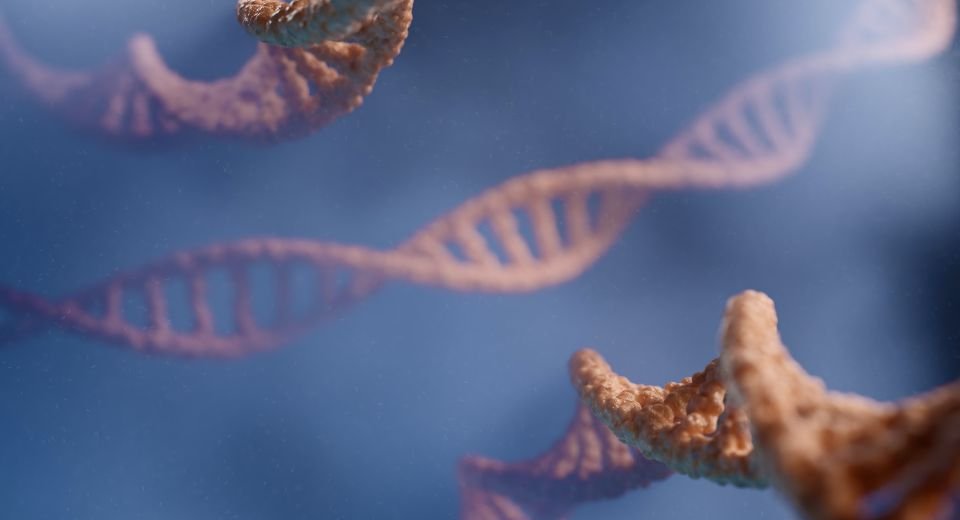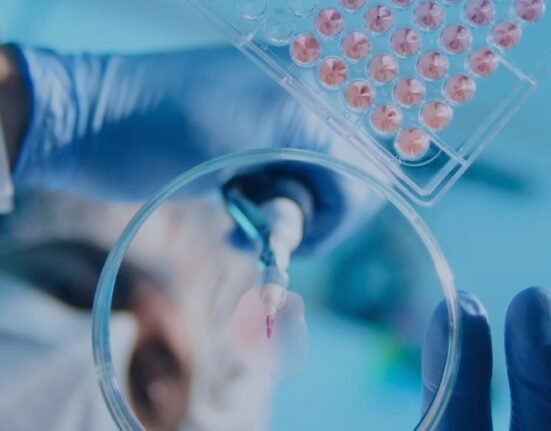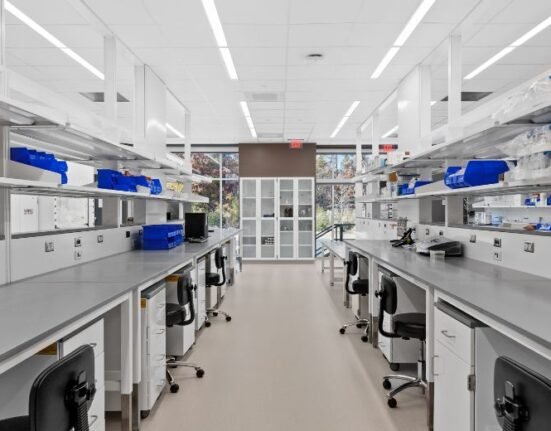HQ Team
August 14, 2023: Biomedical engineers at Johns Hopkins have developed a machine-learning model, which can turn on genes —an innovation which in future can fight cancer and diabetes.
A small fraction of genes in human DNA, called enhancers, can be turned on or off to perform specific functions to enable them to become heart, muscle, or brain cells.
If these enhancers don’t turn on the right genes at the right time, it results in genetic diseases like cancer and diabetes.
The ML model of the bioengineers can predict which enhancers play a role in normal development and disease.
On and off at will
This could someday power the development of enhancer-targeted therapies to treat diseases by turning genes on and off at will.
“We’ve known that enhancers control transitions between cell types for a long time, but what is exciting about this work is that mathematical modeling is showing us how they might be controlled,” said study leader Michael Beer, a professor of biomedical engineering and genetic medicine at Johns Hopkins University.
Human cells change over the course of human development or in response to the environment.
The bioengineers were specifically interested in understanding how enhancers influence “cell fate decisions,” or the process when one cell transitions into another cell type during development.
Cell fate decisions
Errors in cell fate decisions are a major factor in disease development.
The team first made a machine-learning model to simulate how genes regulate each other in a cell.
Then they used large-scale selection experiments, known as genetic screens, to identify several essential genes that control the fate of cells, as well as enhancers that turn the expression of these genes on and off.
Beer’s team used CRISPR gene-editing system to disrupt or stimulate potential enhancers and observe the effects on gene expression.
CRISPR, or clustered regularly interspaced short palindromic repeats, is a technology that research scientists use to selectively modify the DNA of living organisms.
Biggest impact
CRISPR was adapted for use in the laboratory from naturally occurring genome editing systems found in bacteria, according to the National Human Genome Research Institute.
The researchers used the data from their genetic screens to model the DNA features, such as physical structure or modifying marks, that are best at predicting which enhancers will have the biggest impact on cell fate.
The discovery reveals more precise information about how the genomic location of an enhancer helps to activate a target gene.
Gene transition
Secondly, stimulating enhancers only influenced gene activation while the cells were transitioning from one type to another, and the effect disappeared once the transition was complete.
“This may explain why historically it has been so difficult to connect enhancer variants with the associated disease,” Mr Beer said.
“Many of these disease-associated enhancers identified by genetics may only change gene expression significantly when the cell is transitioning to a new cell type.”
The study results indicated that a cell’s fate may not be set in stone.
With more research, scientists will be able to determine which enhancers are connected to certain genetic diseases, allowing them to alter enhancer function to prevent or cure genetic maladies.








